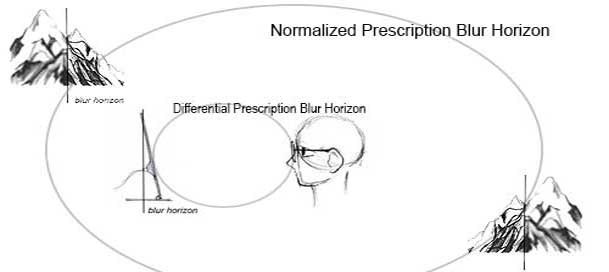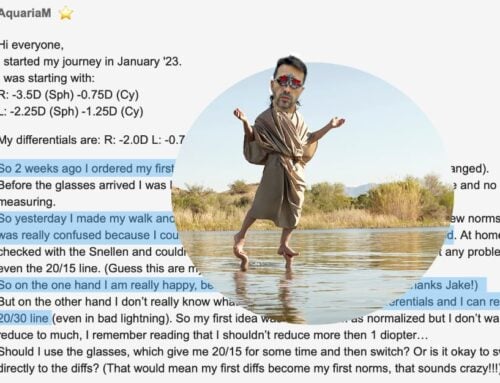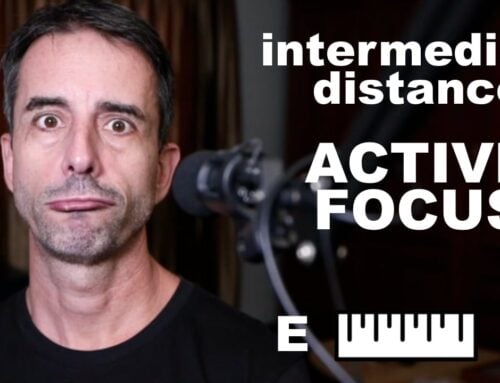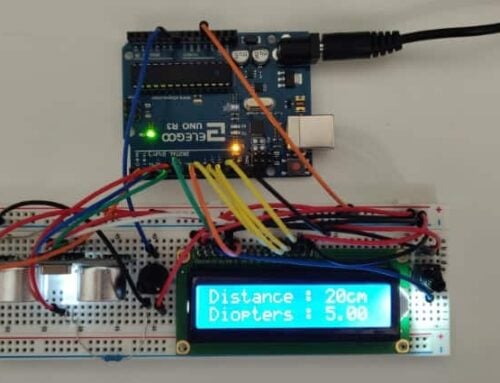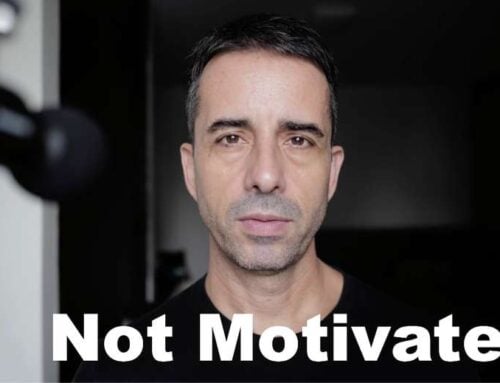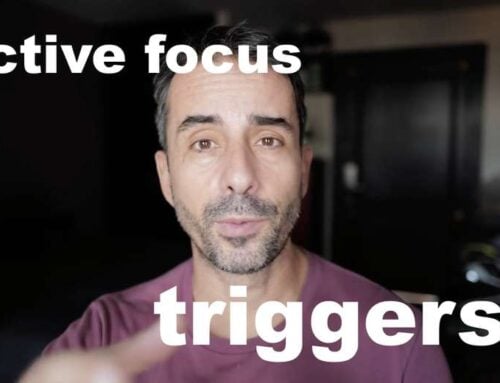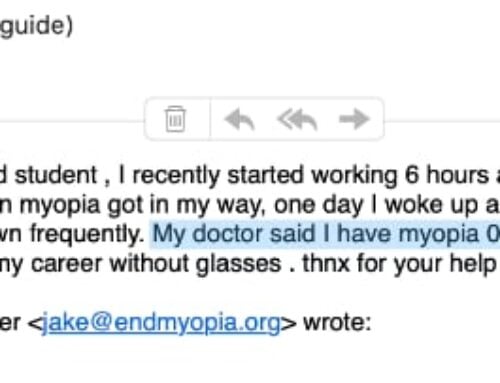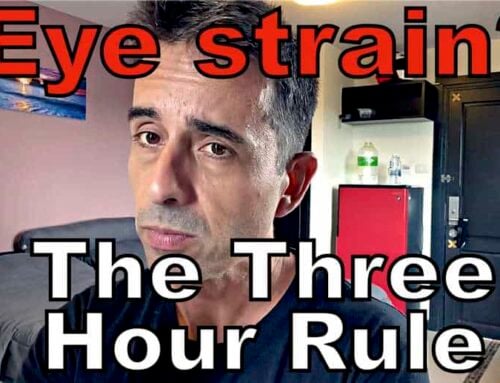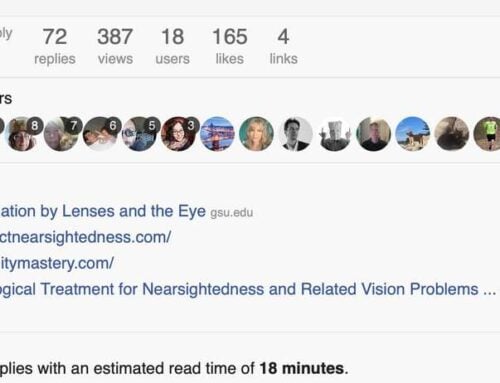In the forum we talk a whole lot about individual prescription recommendations. It tends to take at least one round of reductions of experience to get a good understanding on what makes a viable prescription. As much as I can I provide help and pointers, to also serve as a basis for ideas for readers of the site and forum.
You may notice that I’m more flexible on the normalized prescription than the differential. Here is why:
The Differential Prescription Has To Work For a Specific, Limited Distance.
The differential prescription is used to a) reduce close-up strain and b) help you benefit from some active focus activity.
Good ergonomics are key to working effectively every day, without creating chronic physical pain. You don’t want your glasses to limit your sight distance to your computer, causing you to lean forward or otherwise adopt poses that will strain your musculature over the course of the day.
Keeping that in mind, even going 0.25 diopters too aggressively low may be counter productive. You want a blur horizon, but you want it where you can comfortable reach it, while maintaining good posture.
Be aware of this and make sure that the prescription you use doesn’t compromise posture.
On the other hand, the normalized prescription is quite flexible:
The Normalized Prescription Just Varies Your Blur Distance For Distance Vision.
Driving and other activities requiring 20/20 aside, the normalized prescription is meant to give you a small reduction over correction to infinity. Seeing sharp to infinity is what your optometrist prescribes, but it isn’t what will help you improve your vision – again you need some blur at a usable distance, to practice active focus.
Where is that distance for you? This can be a personal preference. Anywhere from 20/30 to 20/50 on an eye chart may be suitable. You may also decide on how much active focus you feel comfortable with to get there, and how much ambient lighting is necessary.
For the first normalized prescription I often suggest to get to 20/30. It’s a mild reduction and gives you a solid sharp image, while also giving you just a bit of a challenge opportunity to practice pulling focus.
Once you have that experience for a month or two, subsequent reductions are entirely a personal preference. Now you already know how you feel with 20/30, and once you improve that to 20/20 or better, you might want to simply repeat the experience with a similar reduction. Or, you may find that the 20/30 was still too much correction, and choose to go lower. If you pull a lot of focus on relatively nearby objects, 20/40 may be plenty of correction for you, and give you more opportunity for working on focus.
Counterpoint, if you go too low, like a 20/70 with focus pulling and good ambient light, you might find yourself frustrated with the smaller degree of correction. Luckily that prescription is never wasted, you may just decide to start using it as your next step down, and get an intermediate correction in the meantime to keep your distance vision comfortable. Either way, consider to:
Start Out Conservatively.
Unless you are significantly overprescribed, anything more than one full diopter of reduction is rarely appropriate for a first normalized prescription. Often it is between 0.50 and 0.75 of reduction that makes the most sense. Since you want to start out working out the close-up prescription first, and the distance prescription about a month later, you’ll already have some experience in this (and the forum if you have questions for me).
The differential prescription tends to be around between -1 and -2 diopters lower than your previous full prescription. Again this varies depending on the actual correction that would be appropriate, vs. what you were prescribed at the optometrist. The myopia calculator is a good starting point to make this assessment.
For those of you already familiar with these concepts, the take-away is that you always want to prioritize ergonomics for differential, and personal preference for normalized. For new readers where some of these concepts may be new, do take a look at the highlighted links discussing blur horizon and active focus.
For more on the why about differential prescription, look at Jake Steiner’s excellent article on the eye killing effects of accommodative error.
Read Next: How To Measure The Correct Prescription For Close-Up

